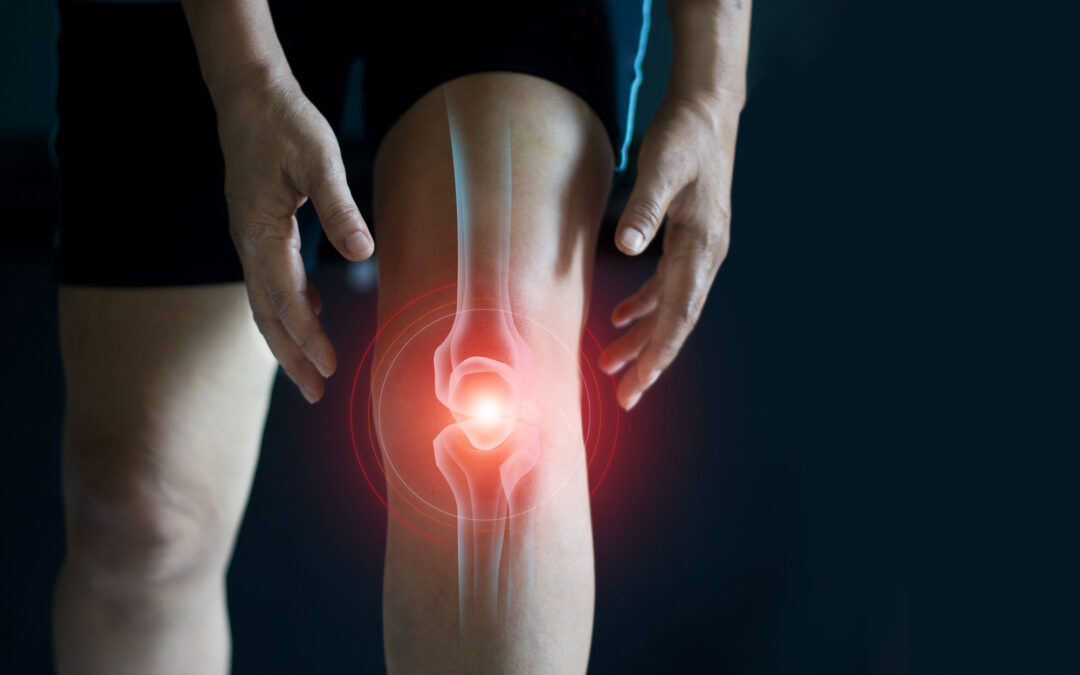Meniscal root tears are a common injury. In fact, they account for more than 10% of knee injuries. While they have been around for many years, it is only recently, in the past 5 – 10 years, that it has been recognized as a specific injury and one that is very important to have repaired.
The meniscus is a “C-shaped band of rubbery cartilage that sits on top of the tibia and provides shock absorption for the knee. It has roots that insert into the bone in both the front (the anterior root) and the back side (the posterior root) of the knee.
There are generally two types of meniscal root tears. A traumatic injury, usually seen in active and younger patients and often happens while pursuing athletic endeavors or in a traumatic accident. It’s important to note that in patients with a torn ACL, up to 10% will also have a meniscal root tear. The second type is a degenerative tear – often caused by age, misalignment, and common in people with higher BMI and excessive body weight. Females are also more prone to this injury. It is often seen it in middle-aged women, and commonly occurs when people are kneeling or doing a deep squat. Often, they report that they feel a pop or even hear a pop and immediately experience pain on then back or inside of the knee. Unlike standard meniscus tears, with meniscal root tears, it is less common to experience catching, locking or giving way. Instead, patients often complain of pain on the back of their knee.
For people who are believed to have this injury, an MRI is needed to diagnose it. Doctors and surgeons used to ignore the meniscal root or shave it off to clean up the joint, until research started to suggest that these patients were often getting spontaneous osteoarthritis, within a few years of the initial injury. In the past, orthopedic doctors were not familiar with the injury and it was not often recognized as an injury, because not a lot was known about it. Over time, surgeons started to pay attention and found that a meniscal root tear caused rapid joint wear that led to osteoarthritis in the joint. Today, we are able to repair these tears arthroscopically and restore the stability of the knee joint. Because the root is on the bottom side of the meniscus, the surgeon is able to pass stiches into the root and create a socket and tunnel to anchor the root back into the tibia.
Outcomes for those who get a proper diagnosis and have the root repaired are excellent. For those who do not address it, a root tear is serious and the long-term effect on the knee is similar to the loss of the meniscus. A root tear often leads to areas where it extrudes out of the joint and causes wear and tear on the cartilage. This is what ultimately leads to osteoarthritis. A root repair is recommended for most patients with this injury. It is beneficial because it helps to maintain the proper function of the knee and prevents early-onset arthritis. If not repaired, a third of these patients go on to have a total knee replacement within three years.
An orthopedic sports medicine doctor can help to diagnose and treat a meniscal root tear. It is important to have the doctor assess all aspects of the knee – focusing on the alignment, health of the cartilage and assess any ligament damage. Addressing a meniscal root injury can be very beneficial and reduce the occurrence of osteoarthritis and the chance of needing a knee replacement in the future.


